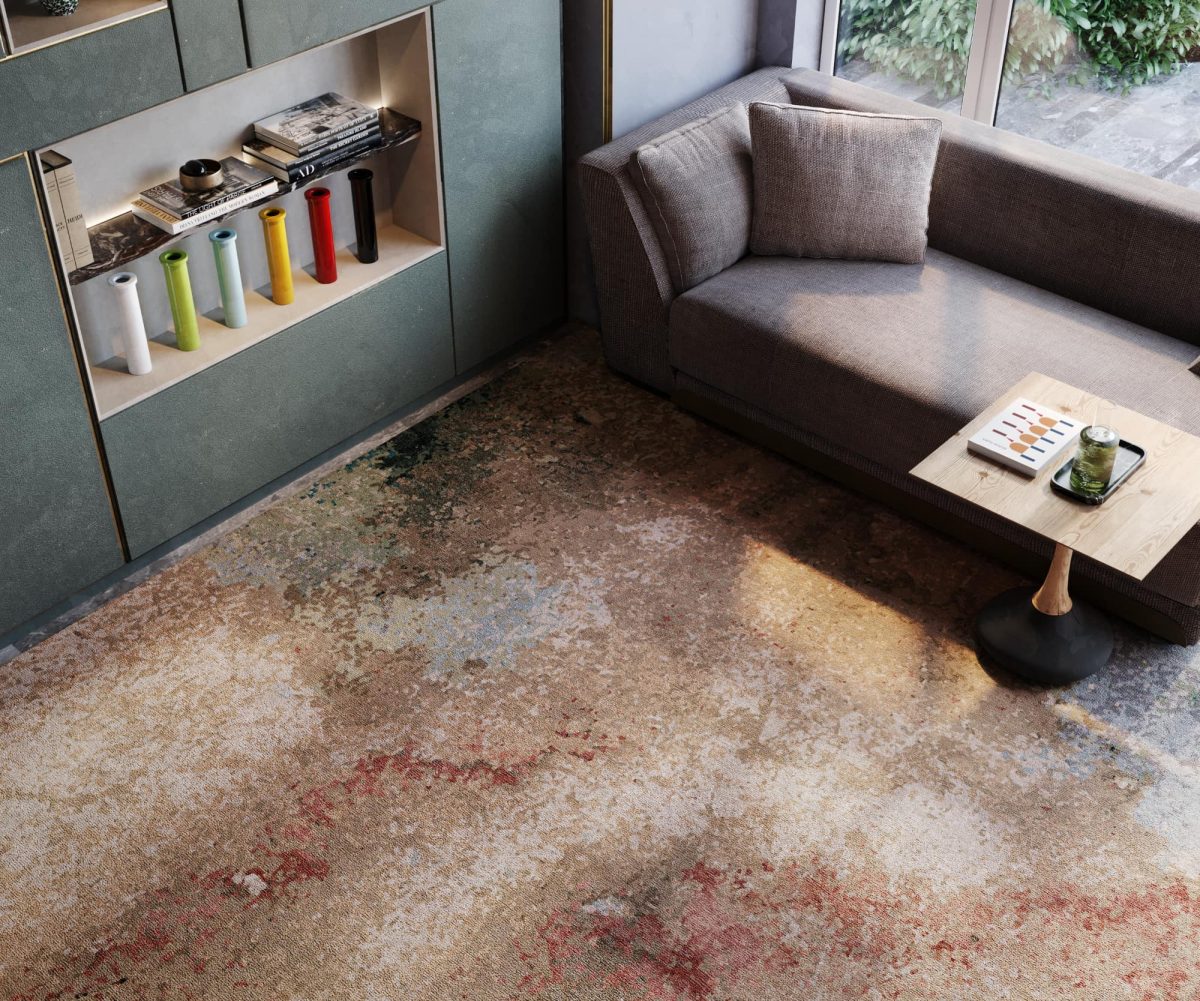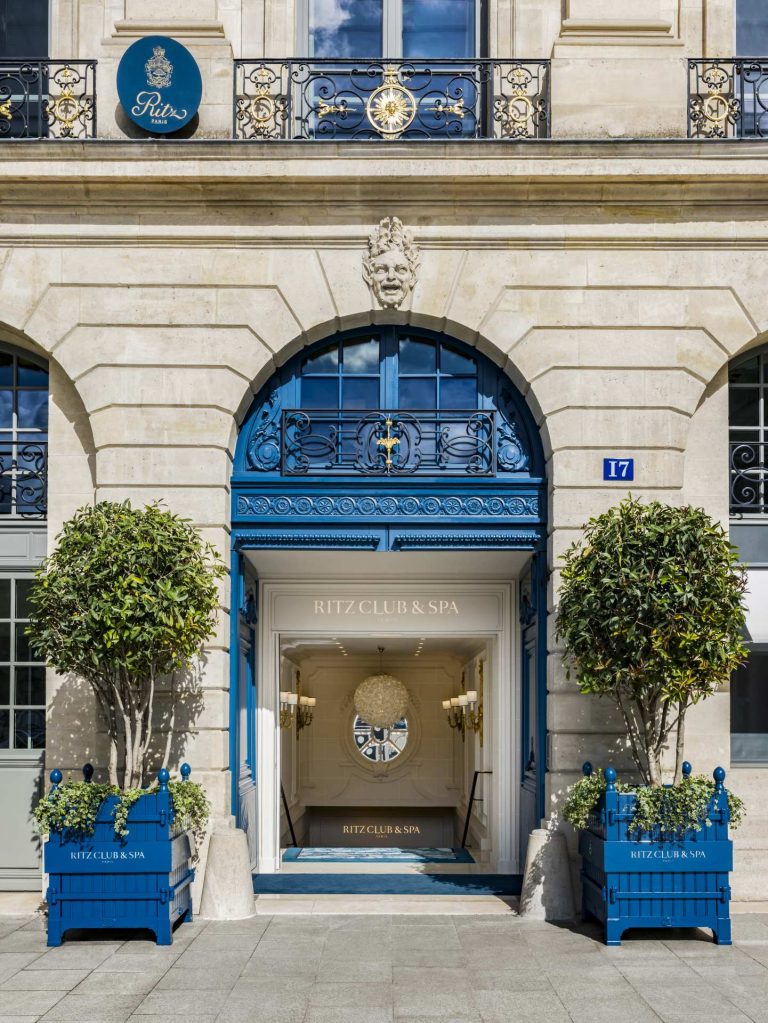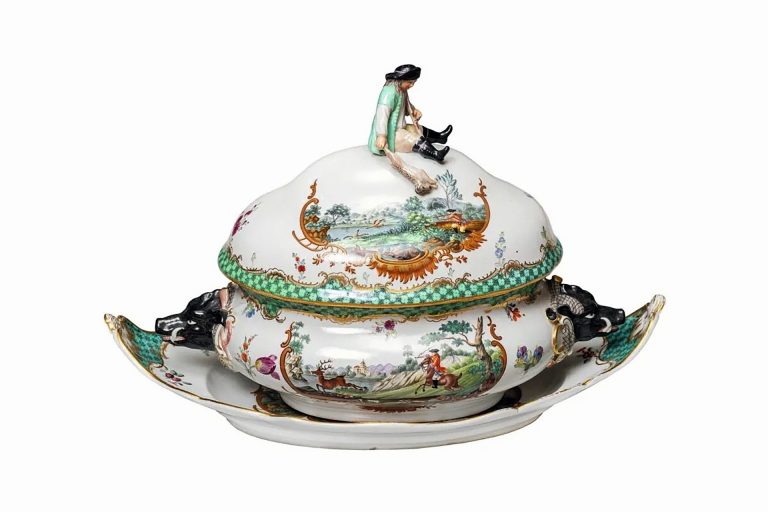What role does a carpet play in interior design, what are the current trends in carpet design, and which material is preferable — wool, silk, or bamboo? Olga Korotkova, editor-in-chief of SALON-interior magazine, shares her insights.
Carpets made a comeback in interior design fairly recently — just a few years ago — primarily due to a shift in their design essence. They’ve moved away from associations with historical styles and so-called classics, taking on the role of a powerful decorative accent instead. Moreover, modern design has elevated rugs to the level of art, while handcrafting and natural materials have revived the once-forgotten but justly reincarnated concept of “Craft.”
Forward-thinking brands have embraced this approach — focusing on art and craft. There aren’t many such companies worldwide (as with all things truly luxurious), mainly European brands with an understanding of quality design — exclusive and original. The crème de la crème in carpet art today is a custom design for specific interiors.
The main trends in carpet design align with soft minimalism and eco-style, which are the dominant interior design directions. This includes soft, natural color palettes, tactile surfaces, 3D visual effects, and natural materials. These days, interiors are created like landscapes, where all elements contribute more to the emotional atmosphere of the space rather than adhering to a particular style. The carpet plays a crucial role here — it serves as the foundation, the “ground” in the interior landscape. Therefore, carpet designs lack symmetry, featuring spontaneous, irregular patterns that visually mimic the rhythm and movement of water, sand, or the flutter of wind through tree branches.
The composition of the carpet is a topic of special importance. This is because the tactile sensation is the most crucial effect of a rug. There are three main factors that should guide your choice. Wool and silk are materials as ancient as the carpet itself in human history. Among newer options, bamboo “canvas” caters to those seeking novel sensations and innovative technologies. The key is to ensure that the materials are natural. After all, a carpet, more than any other interior object, is perceived by both eyes and skin, serving as the “clothing” for your home.
Photo: Tapis Rouge







